Fewer incisions and more control for surgeons

Cleveland Clinic has successfully performed a minimally invasive gastric sleeve procedure using magnetic technology. This is the first time the procedure has been done in the United States. The procedure was done to treat obesity, and it was performed using the Levita Robotic Platform (LRP). The device was approved by the FDA in August 2023 for abdominal surgeries, including gall bladder removal and bariatric surgery.
Advertisement
Cleveland Clinic is a non-profit academic medical center. Advertising on our site helps support our mission. We do not endorse non-Cleveland Clinic products or services. Policy
Matthew Kroh, MD, section head of surgical endoscopy and vice chair of innovation and technology with Cleveland Clinic’s Digestive Disease Institute, led the team that successfully performed the operation in September. Following the procedure to treat obesity, the patient is doing well.
The procedure, a laparoscopic robotic sleeve gastrectomy, which is a relatively common procedure, involves manipulating the liver and moving it out of the way in order to identify the stomach. Typically, an external refractor is used to secure the liver, but in this instance, a magnetic grasper was used to move and hold the liver. Additionally, the thickness of the abdominal wall can cause the torque on the instruments to be quite severe. Using a robot to eliminate that torque can be beneficial to the surgical assistant in terms of effort needed to perform the operation.
For the first case, Dr. Kroh and lead surgeon Andrew Strong, MD, used the magnetic technology to gently move the liver to see the stomach while the abdominal procedure was performed laparoscopically. Without the magnetic technology, an additional incision would have been needed for a surgical assistant to laparoscopically hold the liver in place during the surgery. The assistant would also control the camera, and the surgeon would need to communicate with the assistant if they needed the camera moved.
“The penetration of robotics in general surgery, depending on what metrics you look at, is probably around 10% of total procedures performed in the U.S., but that continues to climb” explains Dr. Kroh. “The potential with robotics in this field is incredible, so we’re seeing a huge influx of robotic platforms serving specific areas, although we’re still seeing very little in the magnetic surgery space.”
Advertisement
He continues, “The LRP fits a different niche in that much of the retraction, tissue manipulation and the camera movement is robotic, whereas the actual surgery is still done laparoscopically. It’s more of a hybrid laparoscopic robotic system with the advanced technology of magnetics built into it.
In November 2022, Dr. Kroh published a study in Annals of Surgery Open evaluating the LRP during reduced-port laparoscopic surgery in a prospective, multicenter clinical trial. The study found that the platform is safe and feasible in reduced-port laparoscopic cholecystectomy and laparoscopic bariatric surgery. They highlighted the primary benefits of the platform as being the reduction in the number of incisions and the increased control for the surgeon.
With fewer incisions, Dr. Kroh points out that patients experience less pain and scarring. This can lead to faster recovery too since the magnetic technology is securing the liver during a procedure rather than surgical instruments holding the organ in place.
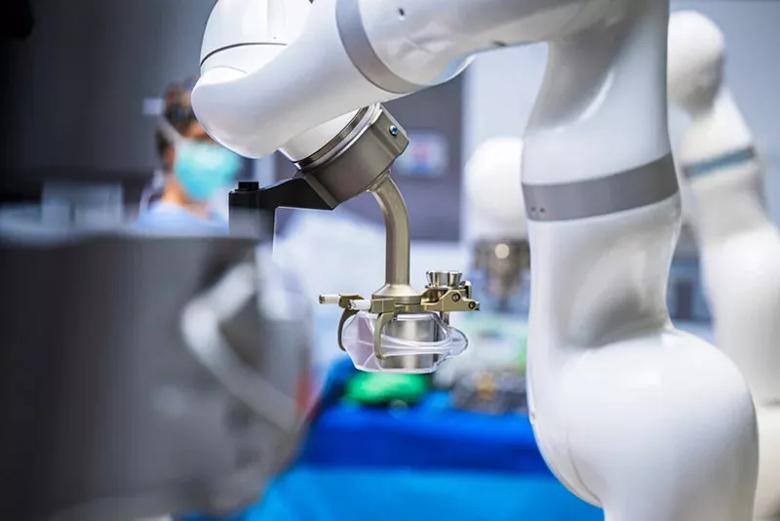
The robot with magnetic technology was recently approved by the FDA for minimally invasive gastric sleeve surgery.
“Using magnets allowed us to eliminate one incision from how we would typically perform this operation,” says Dr. Kroh. “That meant there’s less pain for the patient, and this incision is right around the upper part of the rib cage, so there are cosmetic benefits as well.
Dr. Kroh also highlights the benefits of the magnetic platform for the surgeons by giving them more control. “It is an advantage for the surgeon to control the robotic arm with the camera to view inside the body and visualize the tissues and organs during the surgery. Without the robot, the surgical camera would be fitted on a thin rod, and I would have to ask the assistant to move the camera for me.”
Advertisement
There are also benefits to a medical center’s resource allocation as well. Because of the robot’s ability to fill the role of the surgical assistant, there is no need for an additional person to be in the operating room. For smaller hospitals, this could be a great benefit when they may not have staff on hand that’s consistently available to help with these operations. The LRP also has a much smaller footprint than other platforms, so it doesn’t require as much dedicated physical space for operating.
“I think one of our biggest takeaways from using magnets was that the feeling after the surgery was that it was kind of underwhelming,” says Dr. Kroh. “What I mean by that is that it didn’t really interrupt our normal surgical flow. It allowed us to do the operation without an assistant or a liver retractor, but otherwise, the operation was done exactly as how it would typically be performed.”
Since the first case at Cleveland Clinic in September, Dr. Kroh and his team have successfully performed additional procedures using the robotic platform, including a gastric bypass procedure.
Advertisement
Advertisement

Cleveland Clinic is among the first in the U.S. to perform the procedure

Minimally invasive pancreas-kidney replacement reduces patient’s pain, expedites recovery

As robotics in the OR grows, so does the role of nurses
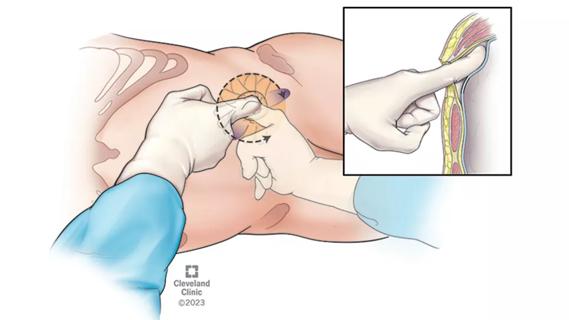
Pioneering and refining the approach in pyeloplasty, nephrectomy and more
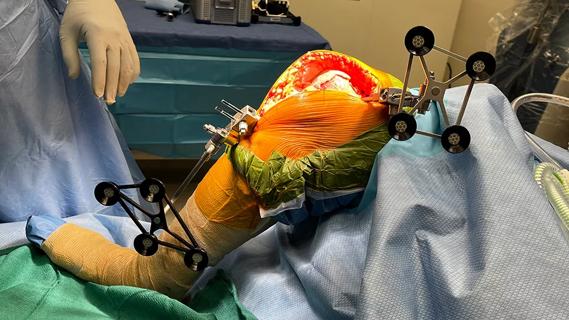
Study finds that fracture and infection are rare

Cleveland Clinic orthopaedic surgeons share their best tips, most challenging cases and biggest misperceptions
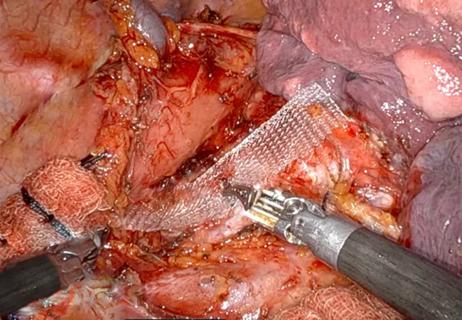
Excessive dynamic airway collapse presenting as dyspnea and exercise intolerance in a 67-year-old
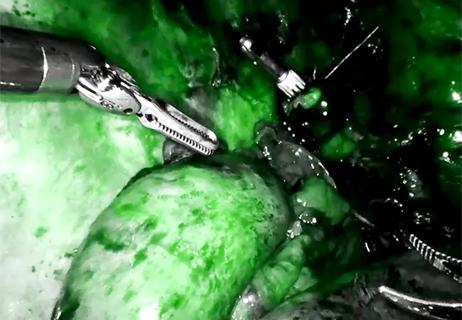
Imaging dye enables vascular assessment to promote procedural precision and safety